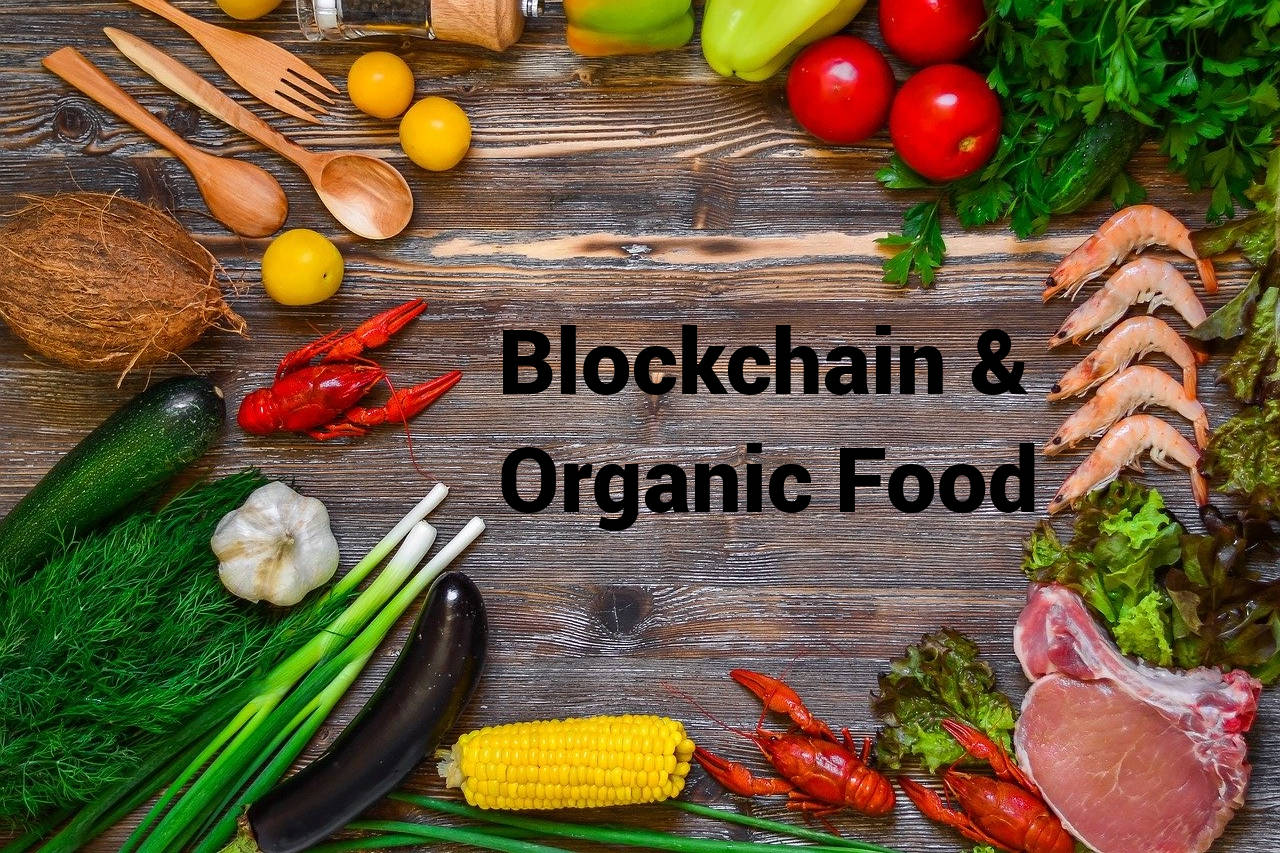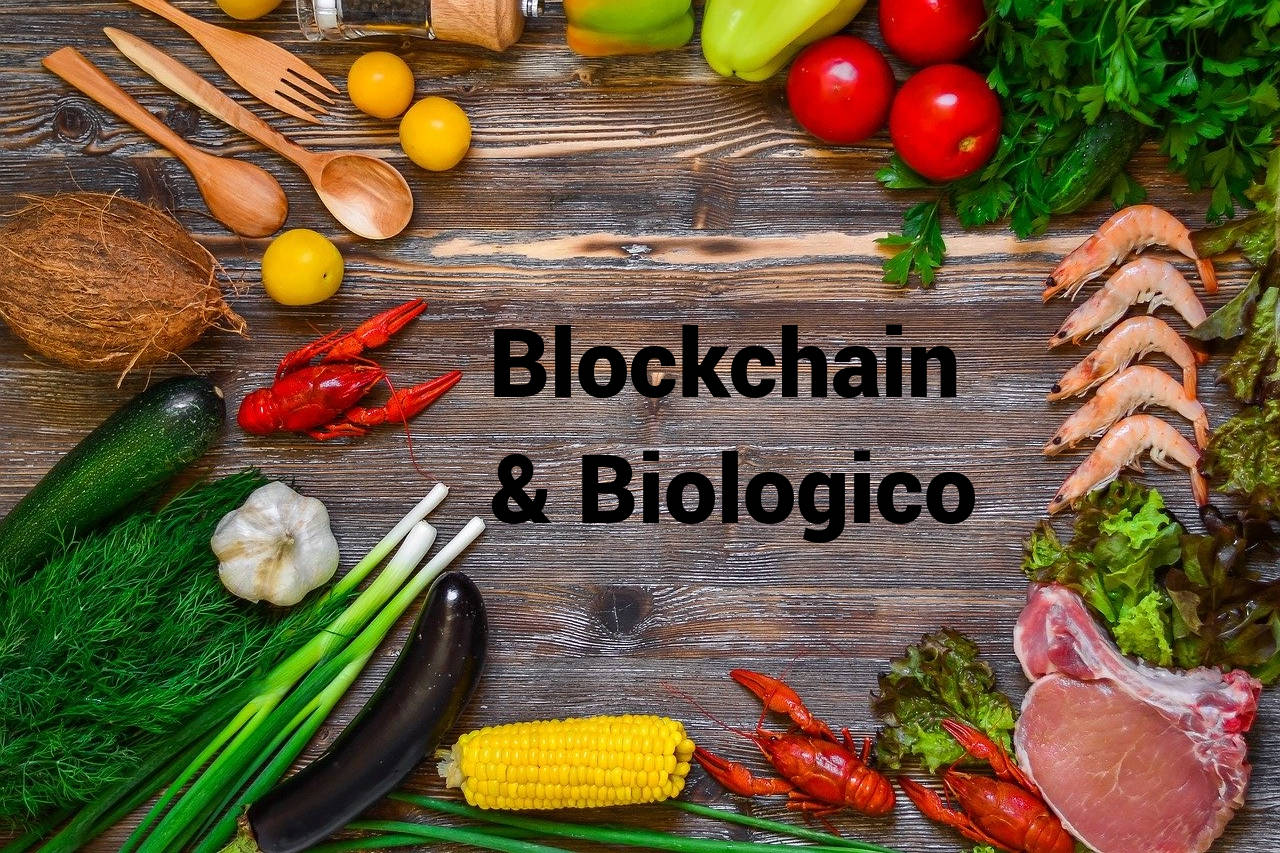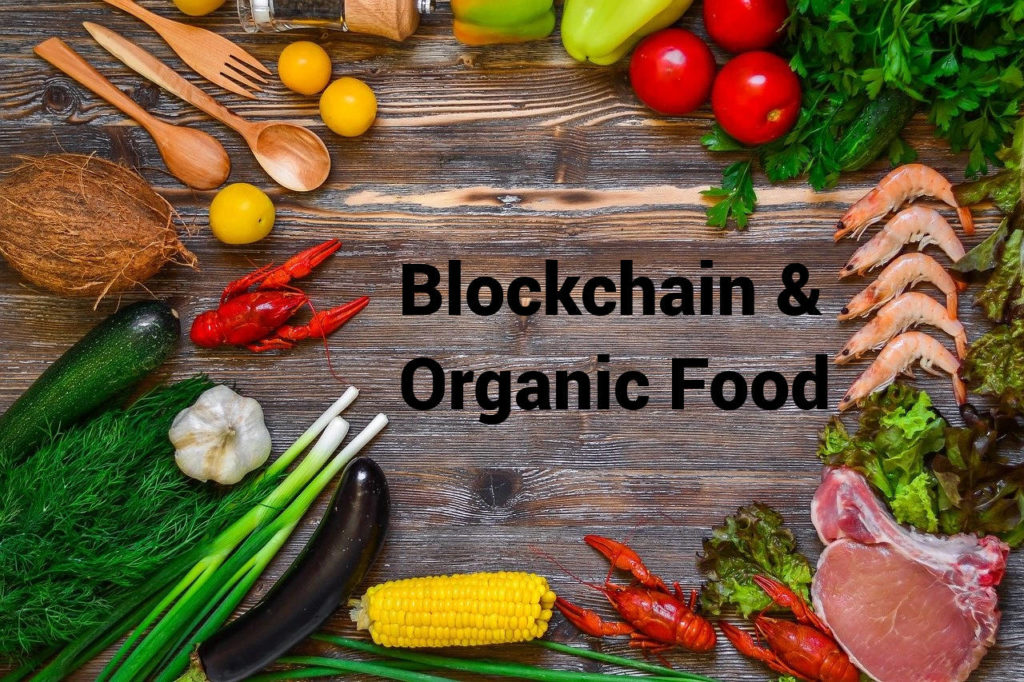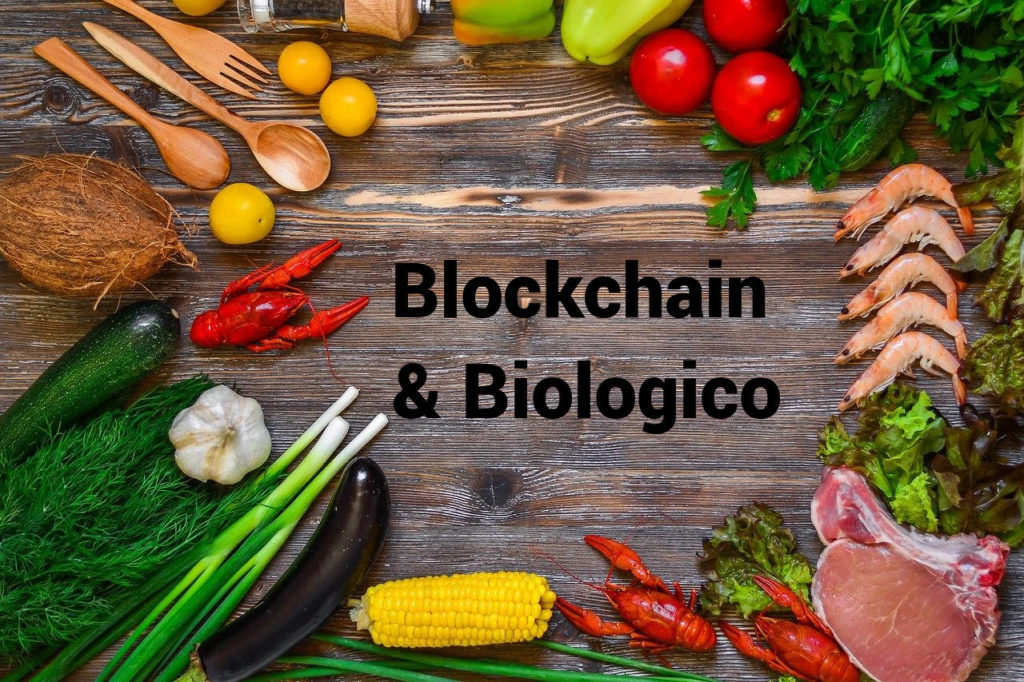It all started with the mango. This is the fruit that marked the entrance of the blockchain into the tracking system of the food chain.
Big supermarket chains want that. And in fact, in 2016 Walmart, the great US supermarket chain,had an idea. It started creating a system in order to guarantee an authentic and completely transparent traceability of the supply chain.
Studying the mango supply chain was only the first step. Since September, Walmart has asked salad and spinach suppliers to participate by implementing the system.
One year ago American retailers faced a major food safety incident: contaminated salad caused the intoxication of dozens of consumers. The offending vegetable probably came from Yuma in Arizona. But, for caution, retailers like Walmart chose to take envelopes and salad mixes off the shelves.
However, the collapse of sales in the sector had already started. In these cases, in fact, consumers simply stop buying products considered “at risk”.
Walmart is not the only one. Blockchain technology has entered Topco, Wakefern and Carrefour. The French group started with the traceability of the chicken supply chain and then added that of tomatoes (in France) and pork (a Belgium).
But also big multinationals like Nestlé and Unilever and big producers like BeefChain support big retailers in blockchain tracking system.

How Blockchain works
The tracking system based on blockchain technology allows all actors in the supply chain to enter data of a any transactions into the system. These records are permanently and incorruptible because encrypted. Any update keeps track of the above. The records are blocks that are shared among all the participants. This means that there is no longer a centralized institution. It’s a decentralized system and the data become easily accessible to all people or to authorised person, subject to the permission of the network.
Barriers to Blockchain applied to the supply chain
1 – As reported by Forbes, it serves the will to build an ecosystem that includes all the players in the supply chain. In order for the parties to be incentivized to participate, this system must generate value for everyone, which can be monetary or not.
For example, Carrefour – according to Forbes – by the application of blockchain to the supply chain will consolidate the institutional image and strengthen confidence in its new program “Act for Food”.
2 – All parties have to behave honestly and insert real data.
Walmart, in the pilot project “blockchain supply chain” for mangoes, had accepted the simple transmission of food certifications in the form of digital images. But anyone can verify any anomalies in the certificates.
The hope is to improve data quality thanks to the control of all the players involved in the process. And by sharing responsibility, we hope for a more solid relationship between the parties.
Goals
1 – Traceability through blockchain technology will increase the efficiency in managing the goods recall. In fact, it will be possible to identify and locate the products involved precisely and quickly. So the retailers will be able to save costs and avoid uncessary waste.
Traceability is therefore very quick to verify.
The Walmart quality department, without blockchain technology, tracked the journey of a pack of sliced mango in 6 days, 18 hours and 26 minutes .
With the blockchain technology, it took only a couple of seconds! A journey of 30 days, from the farm in Mexico to the wholesalers, from the importers to the food industry to the Walmart stores… in a few seconds!
2 – Fighting counterfeiting. Oil, wine, fish, milk, cereals, coffee, spices and organic products are among the products that are adulterated. The chronicles often report news of fake Made in Italy. Consumers today are more disenchanted: if you do not trust the genuineness declared, why pay more in the case of a premium product? Improving the traceability of the supply chain and making it available to potential customers could increase confidence.
3 – Reduce inefficiencies along the supply chain. Returning to the mangoes, it took 3 days for the fruits to pass from the wholesaler to the food industry. Shortening times, would allow to increase shelf-life of shelf products as well as proposing an even fresher product to the consumer.
In conclusion, all this, applying the blockchain to the food supply chain.








